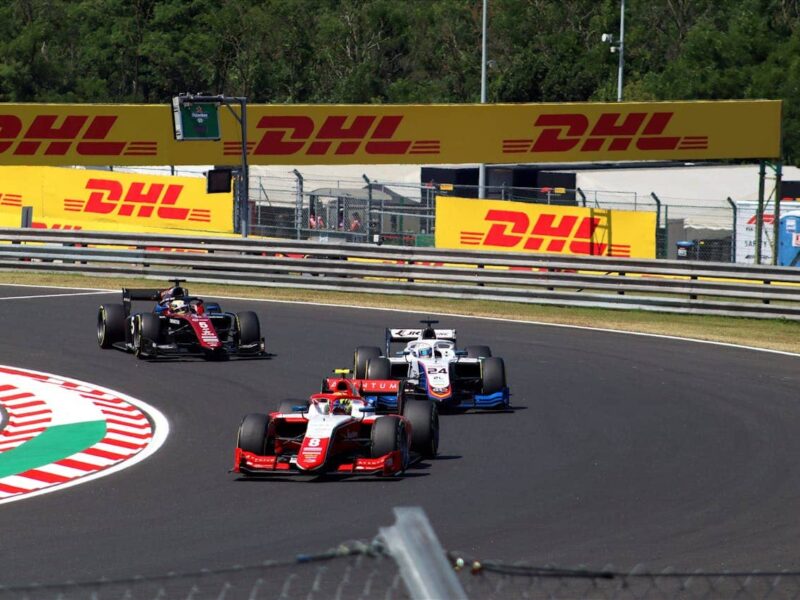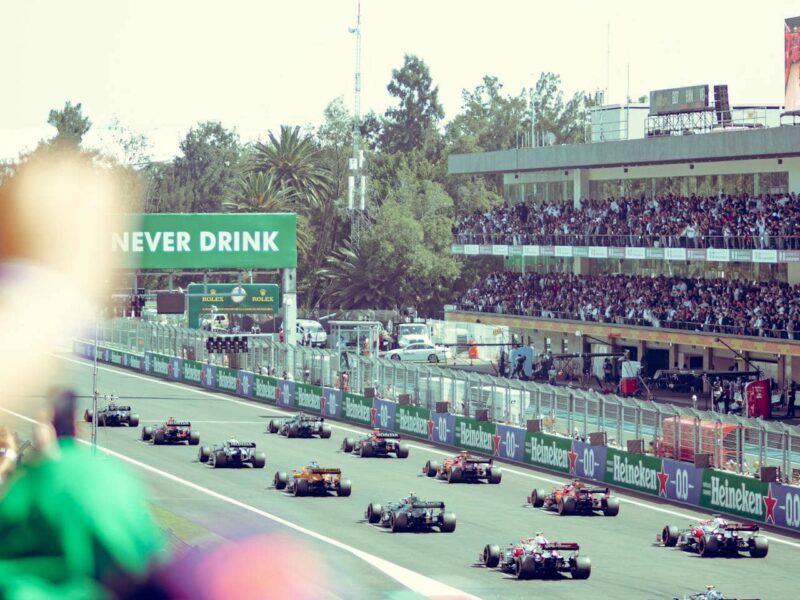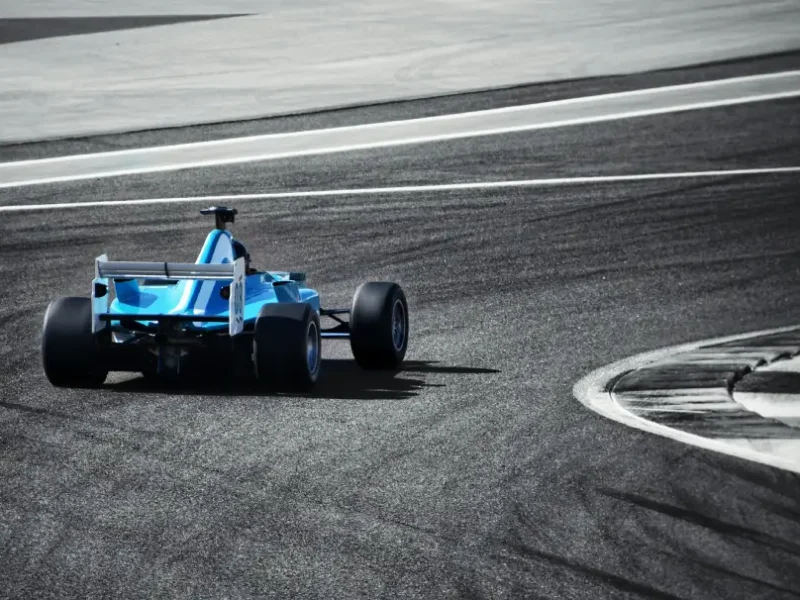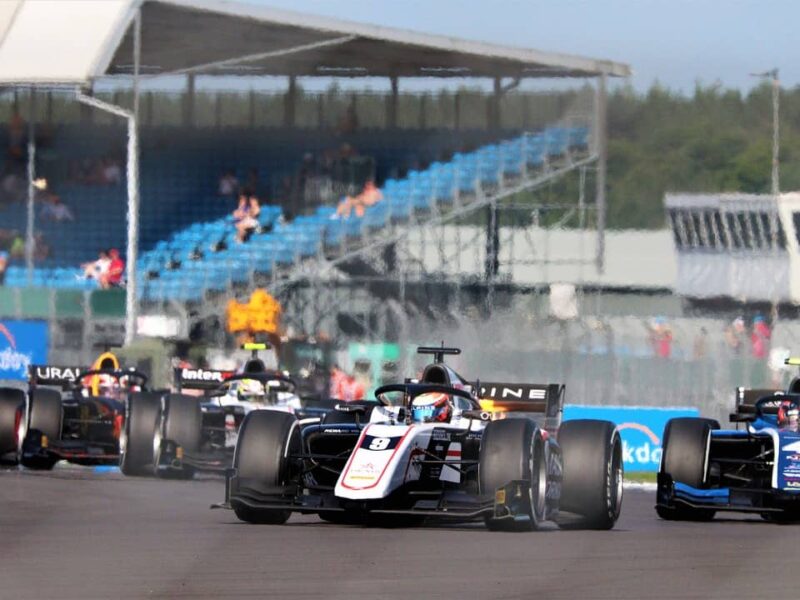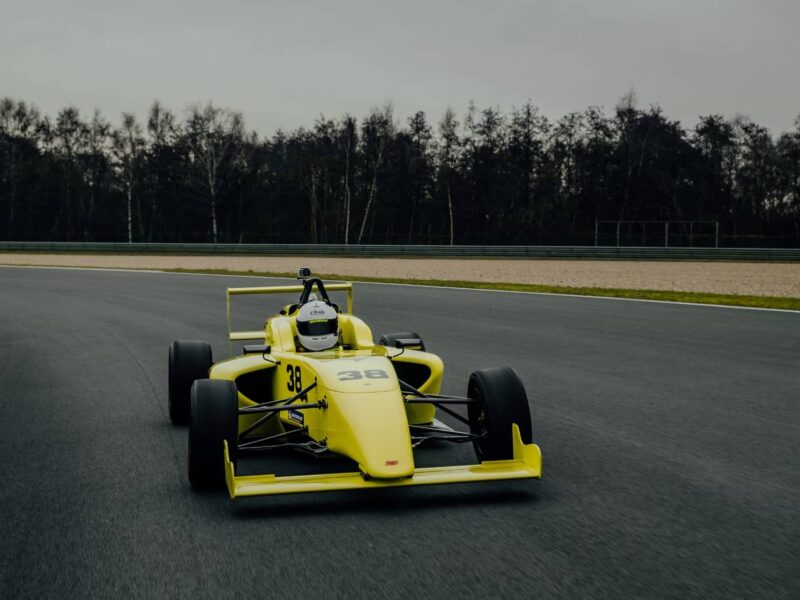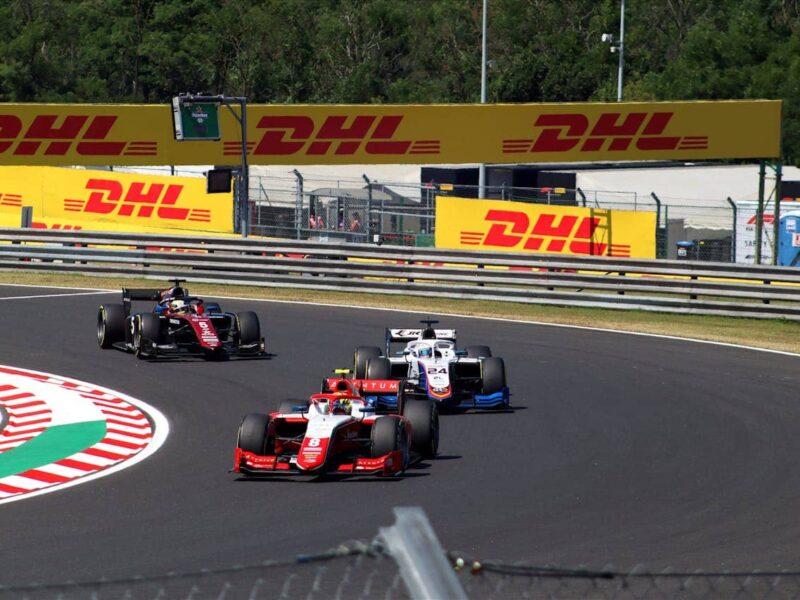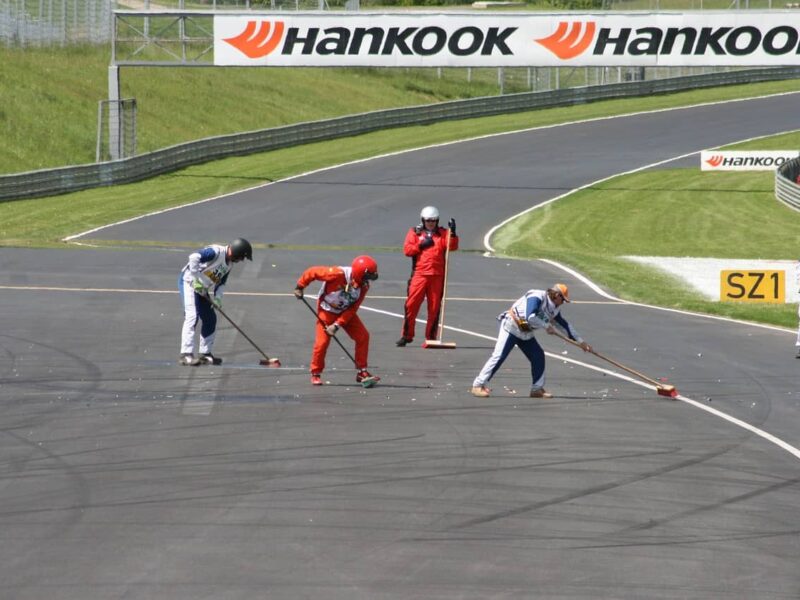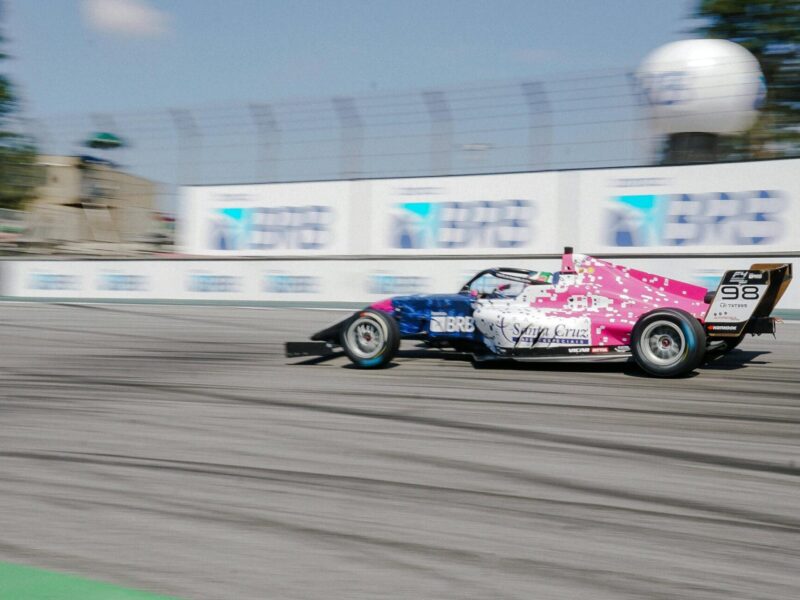All about Formula 2
Formula 2 is often referred to in the jargon as the stepping-up class towards Formula 1. Drivers such as Lando Norris, George Russel and Alex Albon proved themselves in Formula 2 before advancing to Formula 1. Yet there is a substantial difference between the king class and the step-up class. In this article, we are going to tell you everything you need to know about Formula 2.
How does Formula 2 work?
Formula 2 is similar to Formula 1 in some ways, but there are certainly significant differences. Formula 2’s calendar consists of fewer venues than F1’s, yet F2 drivers do have more races. You might think how this is possible, but this can be explained quite logically. After all, an F2 weekend consists of not one but two races. There are 14 venues on the calendar, giving drivers 28 races per season.
Formula 2’s format
Drivers will start the weekend with just one 45-minute free practice session before qualifying later in the day. On Saturday, the sprint race will be run. This is a short 120-kilometre race. For the top 10, the starting place is the reverse place the driver qualified on the previous day. This means the driver in spot 10 moves up to spot 1. The weekend concludes with the so-called feature race. This is the main race which is 170 kilometres long and where the most points can also be earned. The starting place is the place where the driver qualified on Friday.
The teams and drivers
Formula 2, like F1, contains a fixed number of teams, all employing two drivers. These drivers try to score as many points as possible for the team they are in. However, every driver wants to stand out positively just to get into Formula 1, which makes individual rankings more important for the driver himself.
The scoring
The scoring in Formula 2 is completely different from F1. During qualifying, the driver with the fastest time receives 2 points. Then, during the sprint race on Saturday, the top 8 receive points (Position 1 receives 10 points, followed by 8, 6, 5, 4, 3, 2 and 1 point(s)). On Sunday, at the feature race, the entire top 10 receives points (Position 1 receives 25 points, followed by 18, 15, 12, 10, 8, 6, 4, 2, 1 point(s)). Finally, the driver receives a point for the fastest race lap.
Important rules and regulations
- Car unit: All teams use a standardised chassis, engine, and tyres, which emphasises driving skills and team strategy.
- Reversed Grid: The unique reversed grid rule for the sprint race makes for exciting racing and gives drivers who finished lower in the main race a chance to fight for victories.
- Tyre management: Teams are given a limited number of tyre sets for the whole weekend, giving tyre strategy a crucial role.
- Superlicence points: Drivers in Formula 2 earn points for an FIA Superlicence, necessary to race in F1, based on their performance in the championship.
The Formula 2 bolides
All teams use the same cars . The teams are all supplied with standardised materials, so only the driver can make the difference. Because the materials are identical to each other, gaps between drivers during the race are much smaller. This enhances the tension and unpredictability of the race.
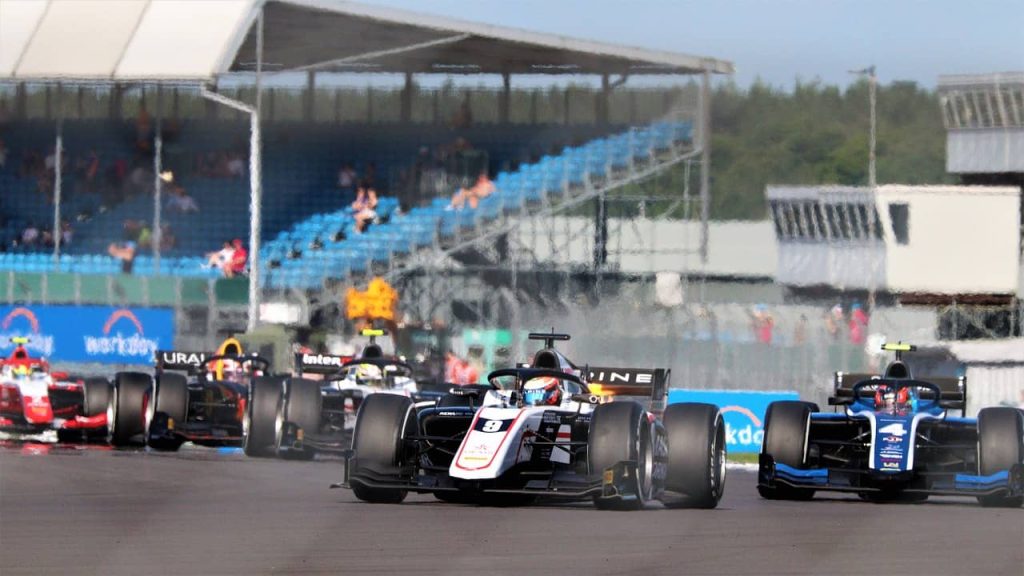
What do Formula 2 drivers earn?
The income of drivers in Formula 2 is quite a bit lower than that of F1 drivers. At most teams, the driver receives a standard salary, which the driver can hand back to a large extent in order to participate at all. This is because the cost of running a car is high, and not all teams have the means to pay salaries. A Formula 2 driver’s income is affected by several factors:
- Performance: Success on the track can lead to better sponsorship offers and attention from Formula 1 teams, which can indirectly increase revenue.
- Sponsorship: A driver’s ability to attract personal sponsors is often as important as his skills on the track. Without sponsors, the driver has almost no chance of driving in Formula 2
- Team: Some top teams may offer their drivers more support in terms of salary or help in finding sponsors.
Due to the various incomes that can vary greatly from one another, it is not possible to tell exactly how much a Formula 2 driver receives. A rough estimate will go between tens of thousands and up to hundreds of thousands of euros.
Formula 2 as interesting as Formula 1?
With the materials being equal and drivers giving everything for a seat in Formula 1, the step-up class is extremely interesting to follow. In Formula 2, excitement is guaranteed and this year will be no different. So have you become interested and want to see potential world champions shine? Then give F2 a try and be amazed by the action that is sometimes lacking in F1.

